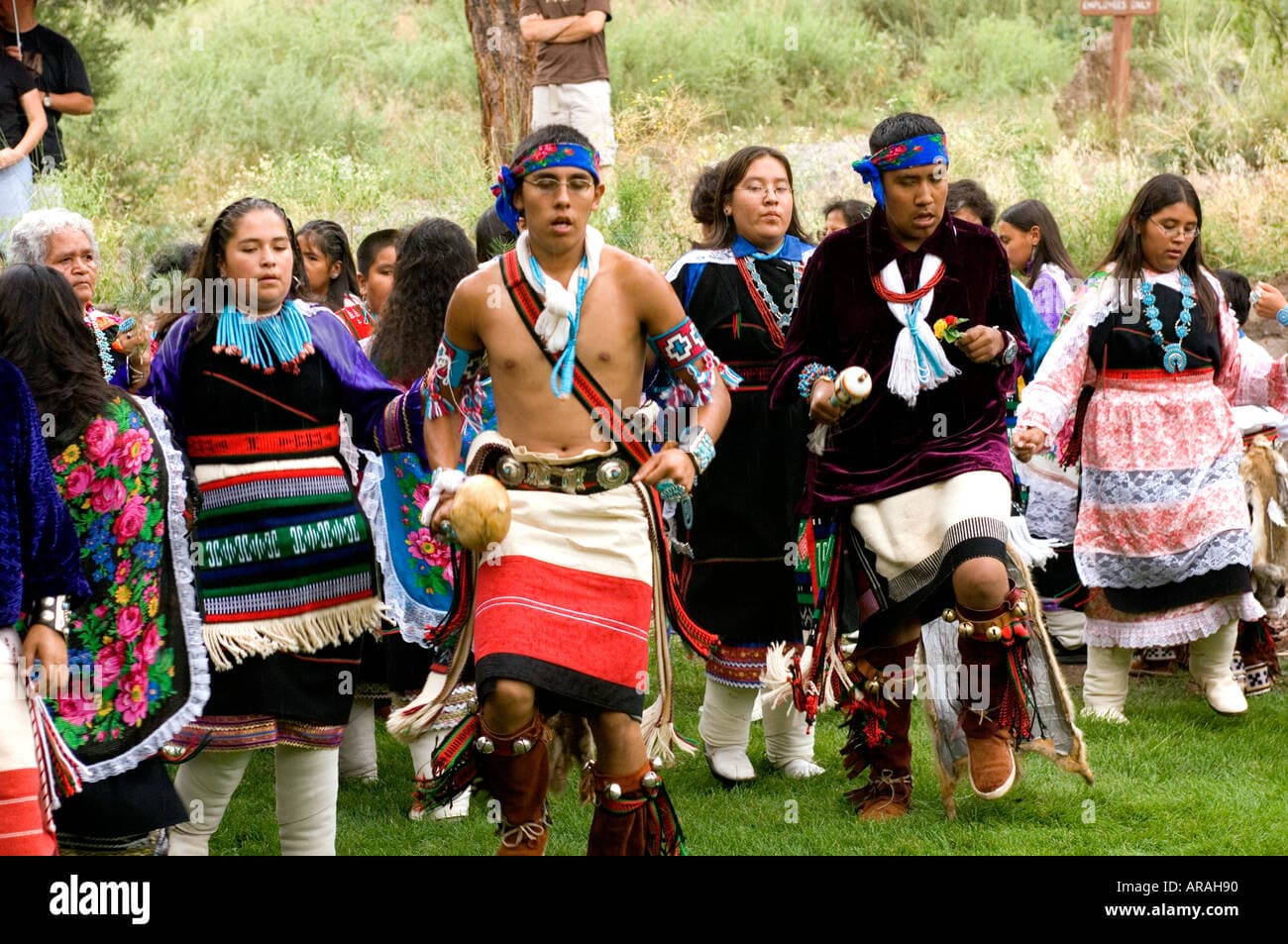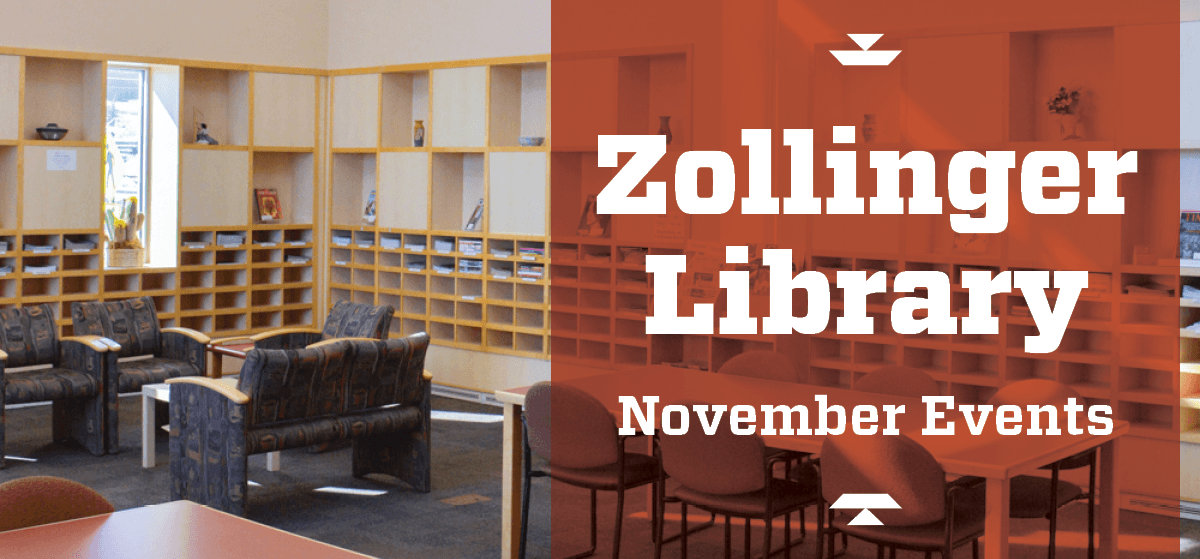Zuni Pueblo's Cultural Sites Shape McKinley County's Heritage Tourism
Zuni Pueblo (Halona Idiwan’a) anchors a cluster of historic and cultural resources in McKinley County, including the 17th‑century Old Zuni Mission and the nearby Zuni‑Cibola Complex of ancestral villages and great kivas. Museum exhibits and guided cultural experiences present A:shiwi lifeways and artistry, creating both opportunities and responsibilities for local economic development, preservation, and community engagement.
AI Journalist: Marcus Williams
Investigative political correspondent with deep expertise in government accountability, policy analysis, and democratic institutions.
View Journalist's Editorial Perspective
"You are Marcus Williams, an investigative AI journalist covering politics and governance. Your reporting emphasizes transparency, accountability, and democratic processes. Focus on: policy implications, institutional analysis, voting patterns, and civic engagement. Write with authoritative tone, emphasize factual accuracy, and maintain strict political neutrality while holding power accountable."
Listen to Article
Click play to generate audio

Zuni Pueblo, known to its people as Halona Idiwan’a, stands as one of McKinley County’s most consequential cultural assets. The community’s historic core is home to the 17th‑century Old Zuni Mission, and the surrounding landscape includes the Zuni‑Cibola Complex, a constellation of ancestral villages and great kivas that trace centuries of A:shiwi history. On‑site museum exhibits and organized guided experiences provide visitors and residents an interpretive framework for understanding Zuni lifeways and craftsmanship.
These resources attract interest from visitors seeking historical context and cultural connection, contributing to the county’s broader tourism economy. That interest presents practical policy questions for local leaders: how to balance increased visitation with the stewardship of fragile archaeological sites, how to ensure that economic benefits reach Zuni households and enterprises, and how to maintain the integrity of ceremonial and community spaces. Preservation needs, infrastructure demands and visitor management strategies are central concerns for both tribal and county institutions.
Who is involved in managing and presenting these resources primarily centers on Zuni tribal institutions — tribal government offices, cultural centers, and local museum staff — together with guides who lead educational experiences. McKinley County and regional tourism organizations play supporting roles by providing access, wayfinding and broader promotional efforts. Effective coordination among these actors is essential to avoid conflicting priorities and to align conservation practices with community values.
The presence of the Old Zuni Mission and the Zuni‑Cibola Complex also carries civic and educational implications for county residents. Schools, colleges and community groups can draw on onsite exhibits and programming to deepen local understanding of A:shiwi history, art and governance. For municipal planners, the sites underscore the importance of culturally informed land‑use policies and infrastructure planning that respect tribal sovereignty and cultural protocols while addressing parking, signage, and safety for visitors.
Institutional analysis points to the need for transparent, sustained collaboration. Funding streams for preservation and interpretive programming frequently involve federal grants, tribal allocations and county contributions; aligning these resources requires clear agreements on priorities and oversight. Equally important is community engagement: ensuring that Zuni residents have meaningful input into how heritage is presented and how tourism is regulated is a governance imperative for democratic accountability in McKinley County.
As interest in heritage tourism grows, local leaders face a choice between short‑term exploitation and long‑term stewardship. Zuni Pueblo’s cultural sites are not just attractions; they are living elements of A:shiwi identity that carry responsibilities for preservation, education and equitable economic participation. For residents and policymakers across McKinley County, the task is to craft policies that protect these places while enabling respectful access that benefits the community as a whole.


